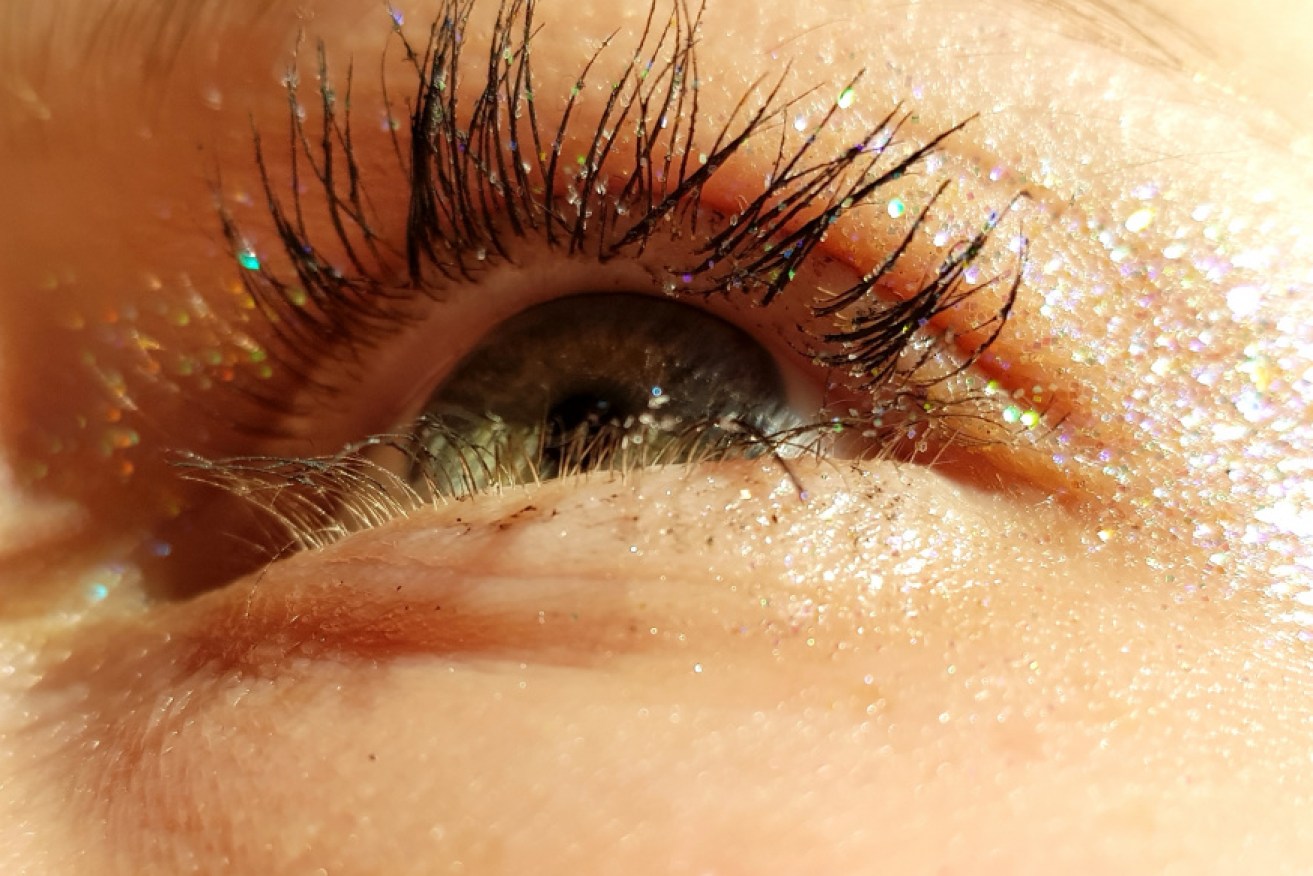Too much sun doesn’t just damage your skin; your eyes can also get burnt


Don't forget to shield your eyes from the sun because they can get sunburnt. Photo: Getty
As you’re slapping on sunscreen this summer, just know that your skin isn’t the only organ vulnerable to sunburn.
Notice the clear dome at the front of your eye? That’s the cornea.
Without you even realising, this protective covering can get sunburnt like the rest of your body.
But “it’s something you’ll only see under a microscope”, said OPSM optometrist Brendan Philp.
The cornea enables light to pass through the eye, meaning most of the sun’s harmful ultraviolet rays are absorbed by this outer layer.
High-level UV exposure can damage this front surface and lead to short-term discomfort, Mr Philp said.

Your cornea is susceptible to sunburn. Photo: Getty
The cumulative effect of years of unprotected exposure can have serious consequences for your eyes, he added.
“Long-term exposure to the sun can contribute to things like cataracts, pterygium and even macular degeneration.”
That’s why sunglasses are vital but not all of them are designed to provide proper UV protection.
Mr Philp said there was a key label you should always look for when buying UV-blocking shades.
We’ll get to that later.
First you must know the other part of your eye where Mr Philp sees a lot of people develop potentially deadly skin cancers, namely basal cell carcinomas and squamous cell carcinomas.
Your eyelids, particularly around the base of your eyelashes, are where these cancers can very subtly occur and they’re not always picked up when looking in a mirror.
“Often you’re picking these things up without them coming in complaining about it,” Mr Philp said.
So it’s vital that sunscreen is applied on this extremely thin layer of skin, which contains many fragile tissues, he said.
To avoid the risk of eye irritation, look out for mineral-based sunscreens that contain ingredients such as zinc and titanium oxide.
“If I go to the beach and am putting on sunscreen, you’re reluctant to put it too close to the edge of your eyelid because you will get that stinging sensation.
“It’s, I suppose, part of the reason why when we get sun cancers on our eyelids, they’re close to the edge where the base of the eyelashes are,” Mr Philp said.
Wearing a wide-brim hat and UV-blocking sunglasses will give your eyelids the best protection as it can be very difficult to apply sunscreen, Cancer Council Australia prevention adviser Craig Sinclair said.
The hat will block around 50 per cent of the UV to the eye and the additional benefit of sunglasses means you can spend a length of time outdoors without having to worry about using sunscreen, he said.

It’s important to wear sunglasses as much as possible when outside. Photo: Getty
When choosing a pair, make sure you check its category number, Mr Philp said.
Sunglasses with a lens category of zero or one are only good as a fashion accessory.
For general purpose sunglasses that have good sun protection, go for at least category two or preferably three.
The highest category is four and is for special purpose sunglasses. They’re suitable for sun-sensitive eyes and the brightest conditions by offering a very high level of UV protection.








